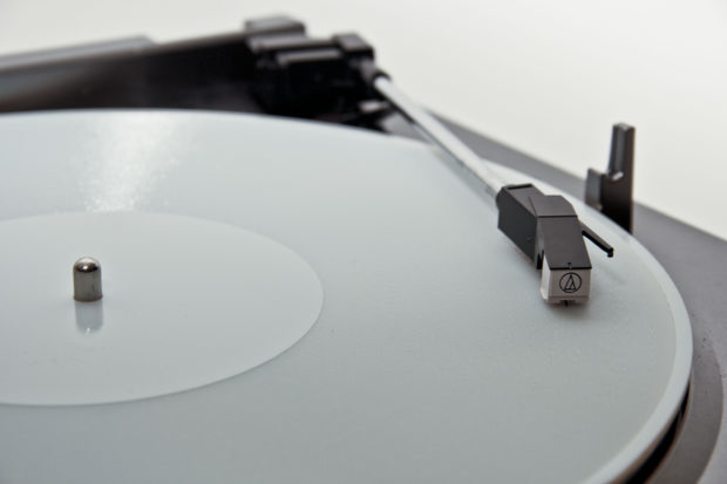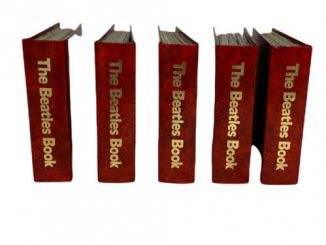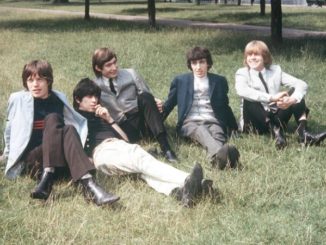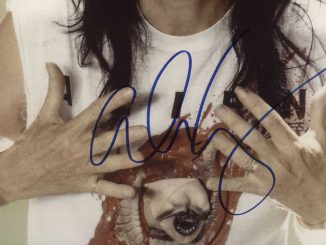
No this isn’t April Fools I checked – in recent weeks we’ve had the Net Flix Of Vinyl, The Desk Top Record Cutter, The Blue Tooth Converter and now this….incredible…
You can use 3D printers and custom software to make everything from houses to pizzas, but did you know you could also 3D-print vinyl records?
Developer Amanda Ghassaei from Instructables is known for her algorithm that converts audio data into 3D geometry data. She has subsequently used that algorithm to manufacture 3D vinyl records for singles from artists like Nirvana, Pixies, Daft Punk, and Radiohead. More recently, the track Down Boy, performed by Bobbie Gordon and produced by Kele Okereke, was put onto a 3D-printed vinyl record using her alogorithm.
An Objet500 Connex 3D printer generated the disc for Down Boy, at fine settings like 600 dpi, with 16 micron steps. Gordon recently performed the tune at a launch party for the world’s first 3D-printing record store, where the limited-edition, 3D-printed version of her track went up for sale. Down Boy was a sponsored and documented project by Bacardi Beginnings, and it marked the first time that an original song had been released and sold as a 3D-printed album.
Ghassaei’s algorithm uses an 11 Khz sampling rate however, so the resolution of Down Boy is quite low. In fact, the final output is around 25 per cent of what you could get from an MP3. With such a poor rate, the Objet500 Connex actually cuts off high-range tones in most songs. It’s been said that 3D-printed records have a sound that is audible and distinguishable but still distant and hollow. Watch the video below for an example.
Ghassaei also said the resin residue of 3D-printed albums will eventually wear down a turntable’s needle, but she insisted it is still “really cool to kind of push the technology.” Furthermore, it takes more than a gigabyte of data to 3D print an entire song, meaning a standard 12-inch LP can only hold one single. Her DIY website on Instructables explains in detail how to convert audio files into 33 RPM resin records. It also demonstrates how 3D printers create albums, layer by layer.
Although 3D-printed albums are thicker and stiffer and sound horrible when compared to vinyl records, you must think of all this as a stepping stone of sorts. The technology to produce 3D objects is still new and will likely be honed over time. Maybe one day it’ll be responsible for the full comeback of vinyl records. After all, music has been experiencing a vinyl revival over the last decade as audiophiles seek a warm and authentic music sound.
You can view Bacardi Beginnings’ video documentary for both Down Boy and the first 3D-printing record store (called The Vinyl Factory in central London), below.
Incredible range of vinyl in stock at eil.com, click here for details





Be the first to comment